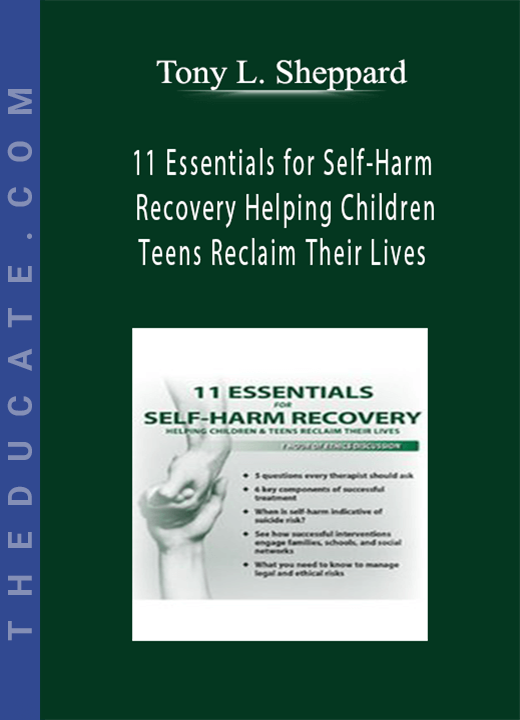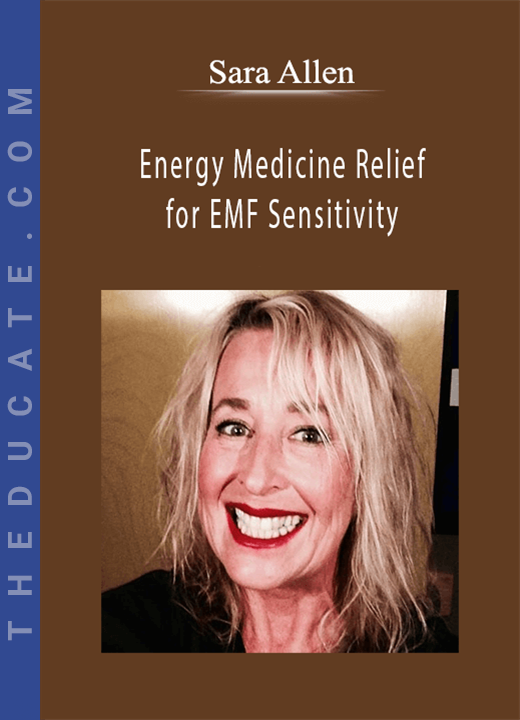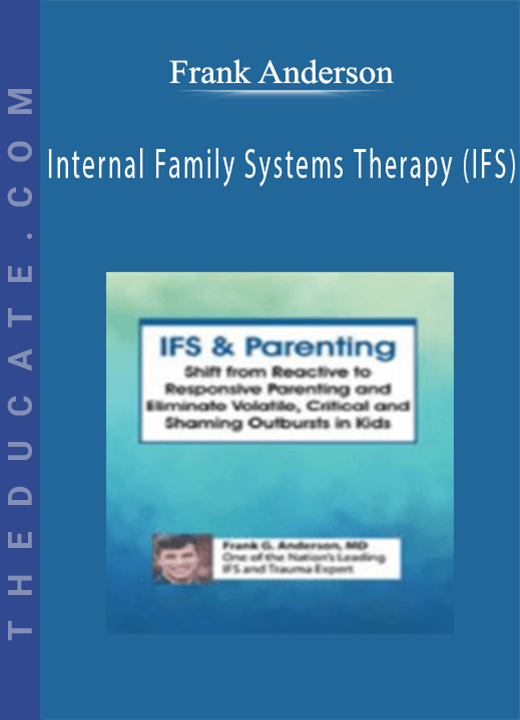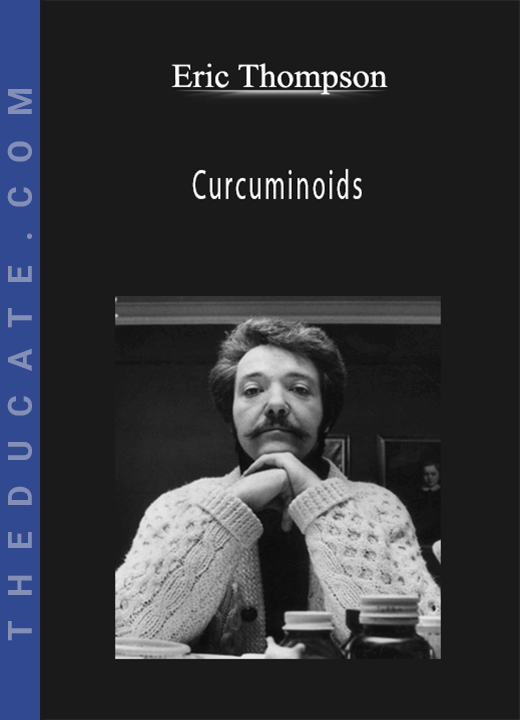Description
11 Essentials for Self-Harm Recovery: Helping Children & Teens Reclaim Their Lives – Tony L. Sheppard
Working with Clients who Self-Injure Raises Many Questions:
- How does it differ from suicide?
- Do I have to report it?
- What do I tell parents?
- What is the role of the school?
- Does social media hurt or help?
- Is hospitalization required for kids to improve?
In this recording, Dr. Tony Sheppard answers these questions and more as he guides you through a multisystemic approach to assessment and treatment of non-suicidal self-injury. This recording focuses not only on risk assessment, but also provides a practical guide to working effectively with clients — covering simple assessment and management of self-injury as well as more significant care, such as residential treatment and management of multiple self-harm behaviors. Several interventions will be examined in-depth, including motivational interviewing; cognitive treatment; replacement skills; and adjunctive family, group, and psychiatric therapies.
Throughout the recording, we will investigate the underlying motivations behind self-harm behaviors, identifying complications related to trauma and/or body image issues. By the end of the recording, you will feel confident in your ability to match interventions to individual clients (stepping up or increasing treatment as necessary), while preventing and responding to potential treatment pitfalls and legal/ethical issues.
- Define the scope of non-suicidal self-injury for today’s youth as related to clinical treatment
- Differentiate non-suicidal self-injury from suicide, and it’s clinical implications
- Articulate the underlying motivations for self-harm behavior among young clients
- Analyze the efficacy of assessment tools for use with young clients who display self-harm behaviors
- Formulate multisystemic clinical interventiont plans that meet the needs of the youth and collaterals
- Consider the legal and ethical issues inherent in work with young clients who display self-harm behaviors and their clinical implications
Defining Non-Suicidal Self-Injury (NSSI)
Conceptualizing the Problem
- Primary motivations
- Controlling external/internal environment
- Impacts on various settings
- Neuropsychology of NSSI
- NSSI and trauma
Assessing the Problem
- NSSI and suicide
- Statistics
- Differential diagnosis
- Clinical assessment/screening
- Formal assessment tools
- 5 questions every therapist should ask during assessment
Treating the Problem
- Multi-systemic approach
- Engaging families, school, peers, social media
- Determining who needs to know/how much they need to know
- Working with parents
- The role of the school
- The role of peers
- Social media
- Replacement behaviors
- Using the stages of change/MI model in treatment
- Assessing readiness
- Gauging interventions
- Sustaining and maintaining recovery
- 6 key components of therapeutic intervention
- Developing distraction strategies
- Building coping skills
- Enhancing self-esteem and self-acceptance
- Improving relationships and relational skills
- Addressing Trauma (“big T” and “little t”)
- Developing problem-solving skills
- The role of adjunctive therapies
Legal & Ethical Issues
- Assessing properly is key
- Screening for NSSI at intake
- Documentation/diagnosis
- Treatment planning
- Reporting
- Schools tend to have stricter reporting rules than mental health settings
- Factors in reporting
- Involving other professionals
- Balancing the clinical and the legal
Integration of Learning
- Group treatment planning activity
Tag: 11 Essentials for Self-Harm Recovery: Helping Children & Teens Reclaim Their Lives – Tony L. Sheppard Review. 11 Essentials for Self-Harm Recovery: Helping Children & Teens Reclaim Their Lives – Tony L. Sheppard download. 11 Essentials for Self-Harm Recovery: Helping Children & Teens Reclaim Their Lives – Tony L. Sheppard discount.







10 reviews for 11 Essentials for Self-Harm Recovery: Helping Children & Teens Reclaim Their Lives – Tony L. Sheppard
There are no reviews yet.